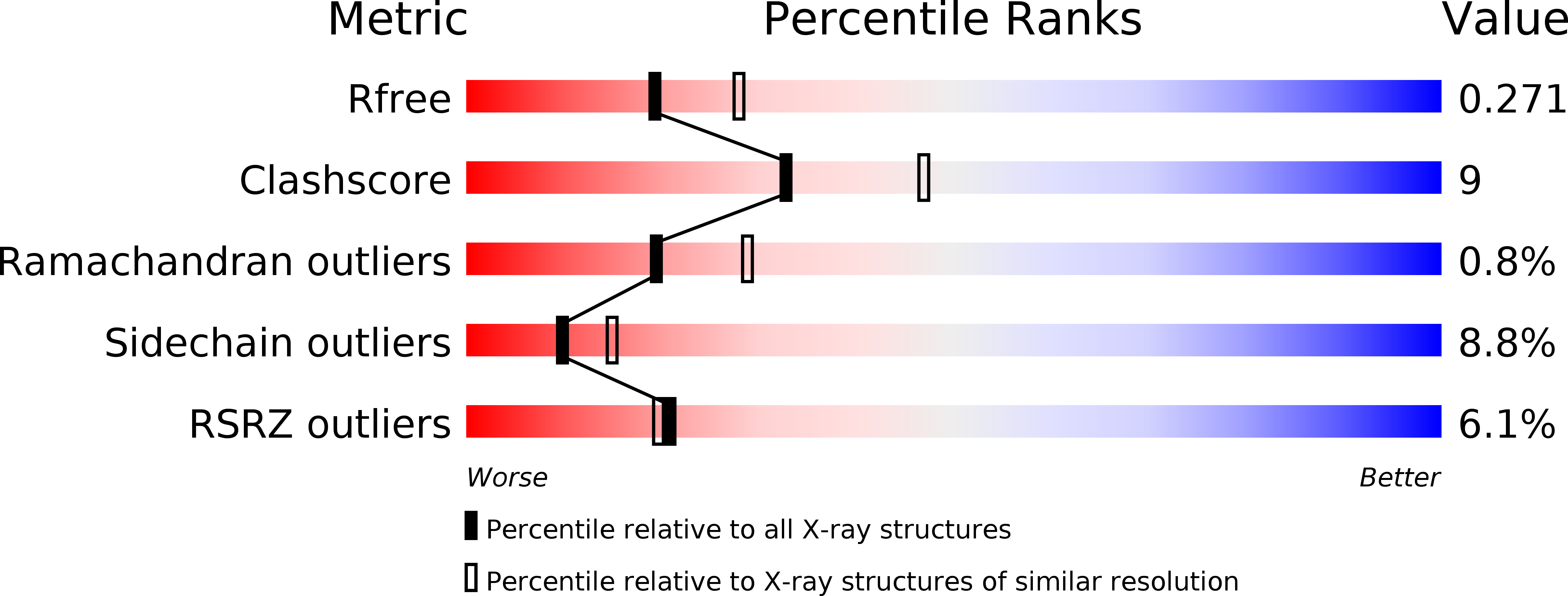
Deposition Date
2013-04-18
Release Date
2013-10-09
Last Version Date
2023-11-08
Method Details:
Experimental Method:
Resolution:
2.40 Å
R-Value Free:
0.27
R-Value Work:
0.23
R-Value Observed:
0.24
Space Group:
P 31 2 1


